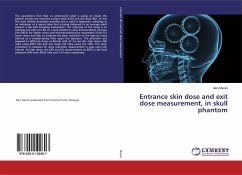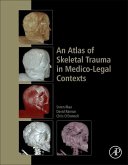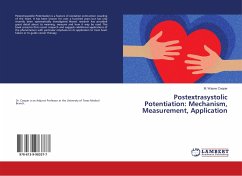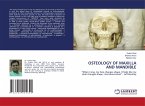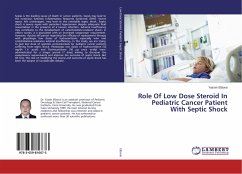The parameters that help us understand what is going on inside the patient include the entrance surface dose (ESD) and exit dose (ED). In fact the most reliable dosimetry quantity that is used in diagnostic radiology as an indication of a typical dose that is being delivered to an average adult patient is the ESD including backscatter. The objective of this study is to estimate the ESD and ED in a skull phantom using External Beam Therapy film (EBT3) for higher doses and thermoluminescence dosimeters (TLDs) for lower doses and also to evaluate the dose reduction to the eyes by using Jeltrate as a compensating filter upon the exposure. The phantom was exposed to different doses at 80 kVp (HVL of 3.5 mm Al), high doses (160 mAs) using EBT3 film and low doses (50 mAs) using the TLDs. The same procedure is repeated for dose reduction measurement in eyes using the Jeltrate. At high doses, the ESD and ED measurements by EBT3 in the skull phantom (AP) were 48.05 mGy and 4.24 mGy respectively.

